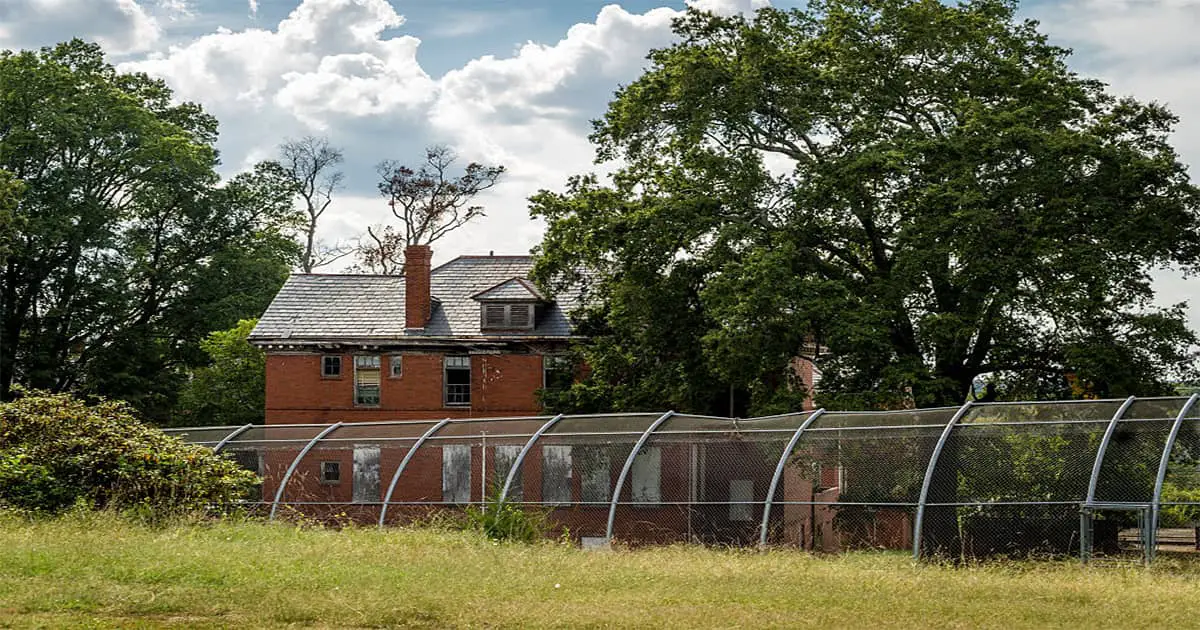Stonewall Jackson Youth Development Center is a juvenile correctional facility in Cabarrus County, North Carolina. It was named after Confederate General Stonewall Jackson and has a tumultuous history involving inmate mistreatment.
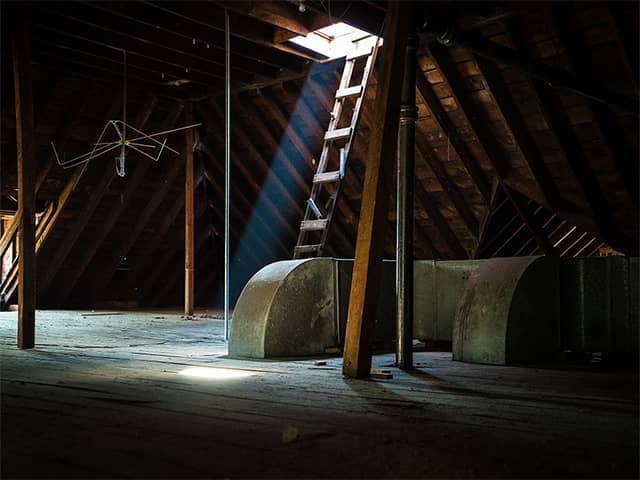
The Stonewall Jackson Youth Development Center was established in 1907 as a result of 20 years of lobbying by various North Carolina women’s groups. The Women’s Christian Temperance Union, the United Daughters of the Confederation (UDC), the North Carolina Federation of Women’s Clubs (NCFWC), and the North Carolina chapter of the King’s Daughters all wielded considerable power.
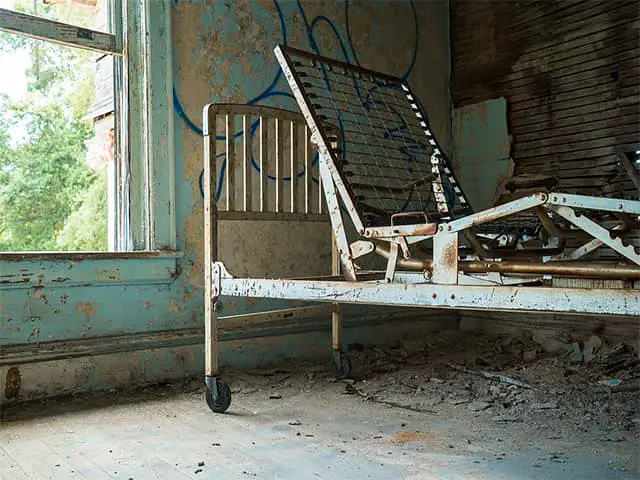
The organizations desired a reformatory for White boys separate from adult inmates who had committed more serious crimes. Confederate veterans in the state legislature approved the project after the King’s Daughters promised to name it after General Stonewall Jackson.
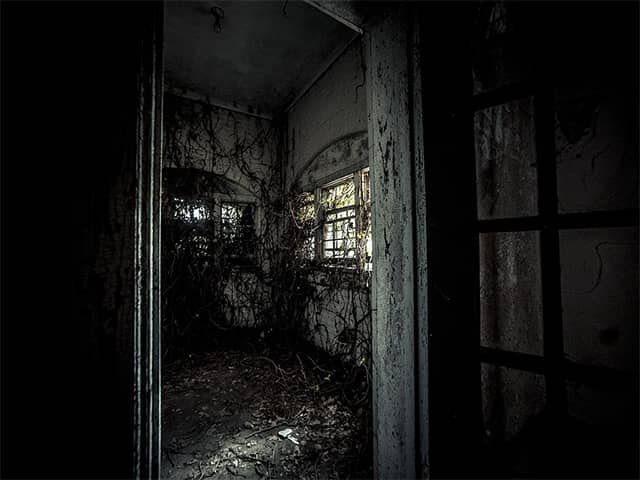
The Stonewall Jackson Manual Training and Industrial School, operated by the North Carolina Department of Juvenile Justice and Delinquency Prevention, first opened its doors in 1909. It began with 290 acres and grew to 900 acres, with 58 acres still in use today.
Prior to World War II, operations were carried out.
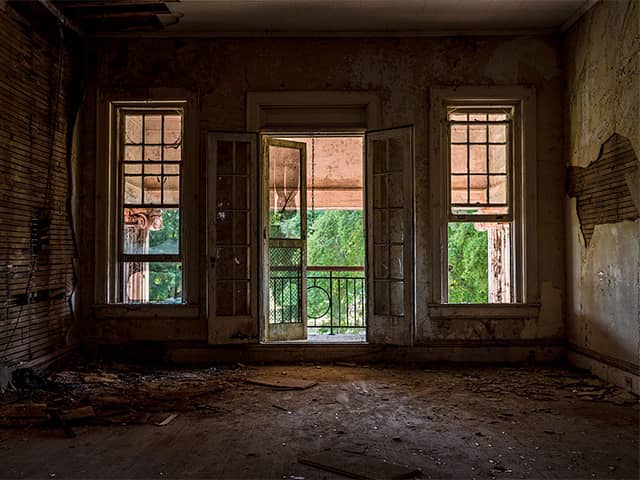
Stonewall Jackson Youth Development Center was regarded as a progressive institution when it first opened its doors. Those who were imprisoned were there for minor infractions of the law, such as school truancy, and were housed in dormitory-style housing.

The youth were educated and trained in trades such as printing, textiles, shoemaking, barbering, and machine repair. Many of them also worked on the school’s farm, where they learned agricultural methods for maintaining the cattle herds and fields that supported the facility.
In the 1940s, there was a controversy.
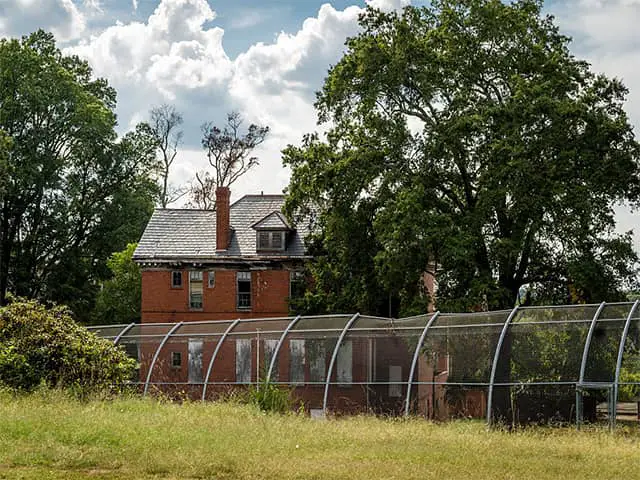
When the Stonewall Jackson Youth Development Center performed vasectomies on six teenage boys in 1948, it sparked outrage. The procedures had been approved by North Carolina’s Eugenics board, at a time when the state was looking to “improve” its population through sterilization.
In the decades since, the facility has faced issues similar to other detention facilities, such as inmate violence, rape, and overcrowding. It housed approximately 500 youth at its peak, many of whom complained about the inhumane conditions.
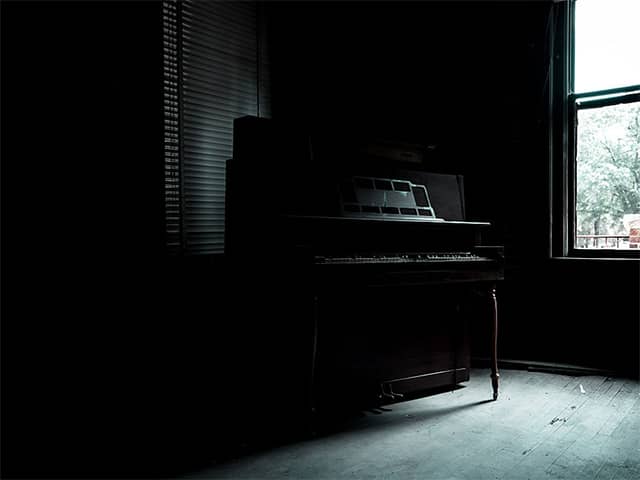
In the 1970s, attitudes toward the treatment of delinquent youth began to shift, resulting in the state reducing the overall population of the facility. This was the facility’s second such reduction, following the termination of the agricultural program.
Follow us on Quora and Pinterest
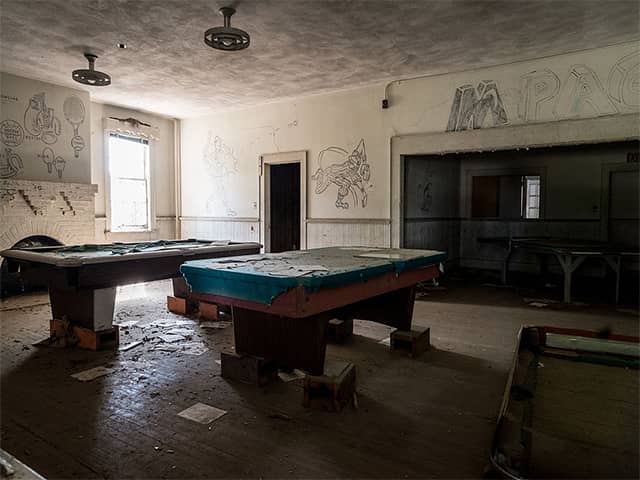
Later, the facility moved from housing delinquent youth to those convicted of more serious offenses, such as weapons-related charges as well as drug abuse. A 15-foot-high fence surrounded 60 acres of the property to ensure the safety of both inmates and the surrounding community.
Today is the opening of the Stonewall Jackson Youth Development Center.
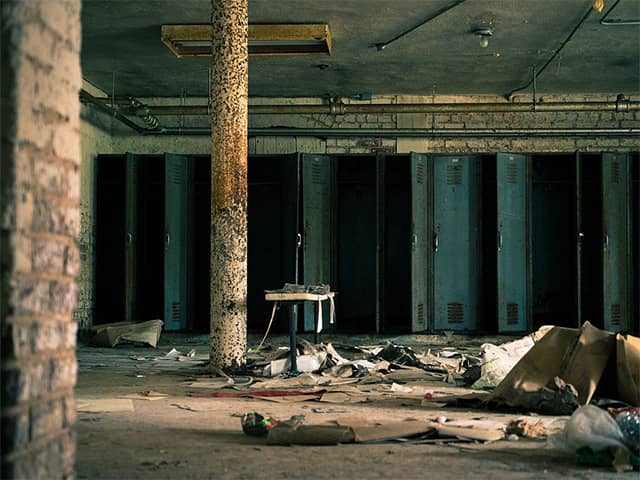
Because of the quality of its earlier buildings and its pioneering status, Stonewall Jackson Youth Development Center was added to the National Register of Historic Places in March 1984. After eight years, the facility implemented a pet therapy program in which inmates learned to care for dogs that were later adopted.
The Cabarrus Complex was built down the road from Stonewall Jackson Youth Development Center in 2008, and its youth were transferred there. It was reported seven years later that 23 of its 60 structures were still in use, primarily for storage.
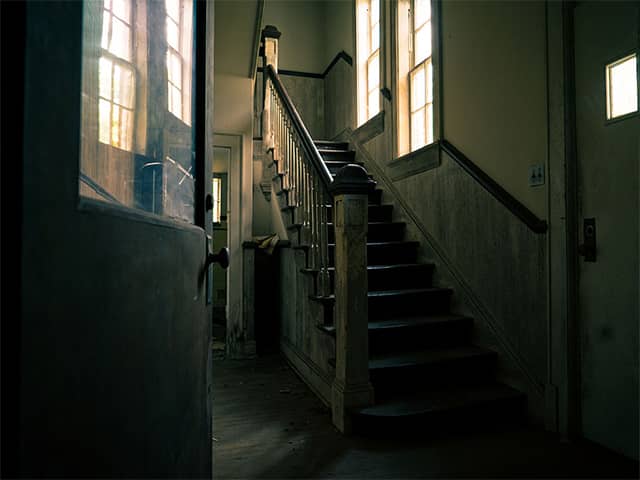
The Cabarrus Complex was said to house 107 inmates in 2018-19, who were supervised by 257 full-time staff. Its mission is to help “at-risk youth” obtain their GEDs or attend high school classes.
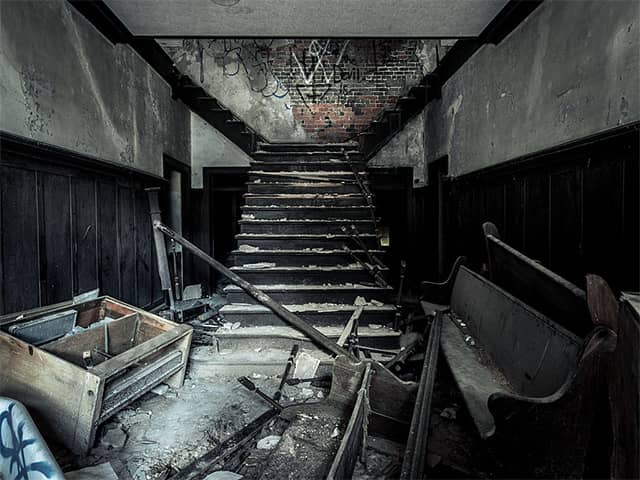
At the moment, the majority of the facility’s older buildings are surrounded by fencing and razor wire. According to state officials, this is due to the fact that many of them have been deemed unsafe.
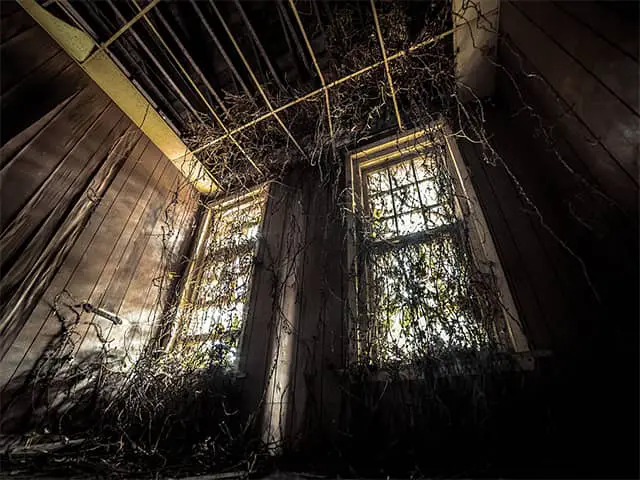
State Senator Paul Newton introduced legislation in 2020 to transfer the property, along with Frank Liske Park, to Cabarrus County.

